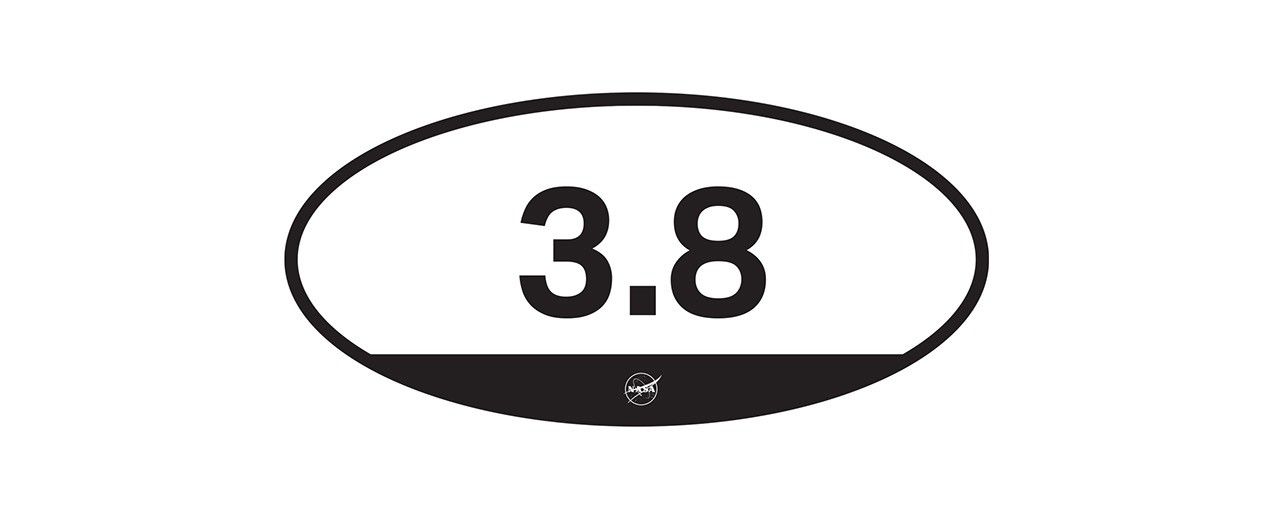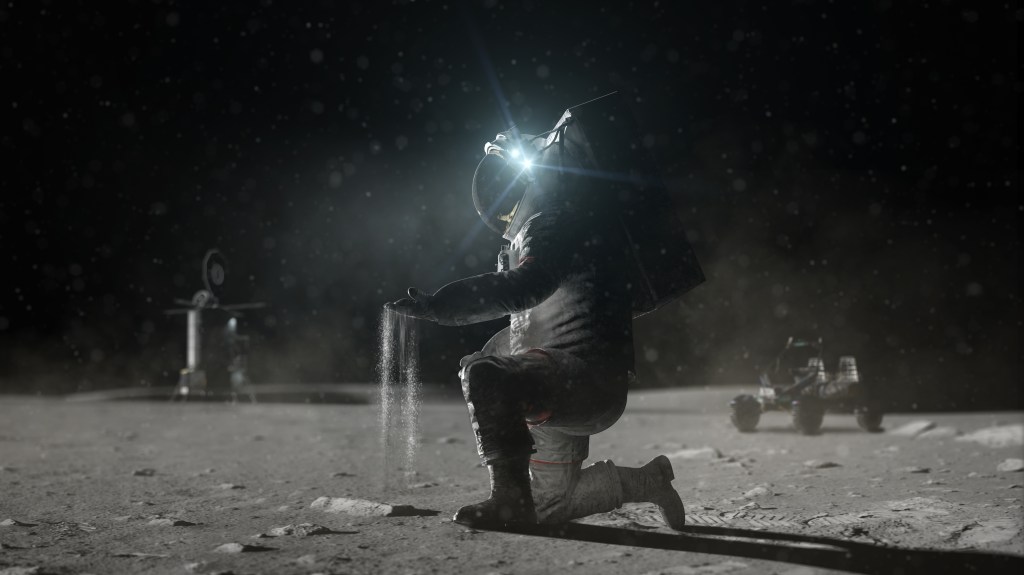NASA has selected 11 U.S. companies to develop technologies that will support long-term exploration on the Moon and in space under its sixth Tipping Point opportunity.
The total expected NASA contribution to the partnerships is $150 million. Each company will contribute a minimum percentage, based on company size, of the total project cost. NASA’s Space Technology Mission Directorate (STMD) will issue milestone-based funded Space Act Agreements lasting for up to four years.
The selections, listed in alphabetical order, are:
Astrobotic Technology of Pittsburgh, $34.6 million Astrobotic will demonstrate the robotic deployment of one kilometer of cable and power transmission through that cable across the lunar surface. A CubeRover delivered by Astrobotic’s Griffin lander will deploy the power line. The demonstration will advance power generation and distribution technologies, including – a high-voltage power converter, cable, and cable reel system.
Big Metal Additive of Denver, $5.4 million The company will advance materials, manufacturing processes, equipment, and facilities for metal hybrid additive manufacturing. The project aims to increase technology readiness and reduce lead time, material waste, and cost to enable a range of structural products, including space habitats.
Blue Origin of Kent, Washington, $34.7 million The company will advance an end-to-end in-situ resource utilization (ISRU) system that can extract oxygen, iron, silicon, and aluminum from lunar regolith simulant and use the extracted materials to produce solar cells and wire.
Freedom Photonics of Santa Barbara, California, $1.6 million Freedom Photonics will develop a novel direct diode laser sour that could enable more efficient lidar systems. The system could better detect methane in Earth’s atmosphere and improve scientists’ understanding of climate change.
Lockheed Martin of Littleton, Colorado, $9.1 million The company will demonstrate in-space component joining and inspection technologies for structural, electrical, and fluid systems. The capability would reduce risk and advance the maturity and reliability of in-space assembly architectures.
Redwire of Jacksonville, Florida, $12.9 million The company will develop a grader, compactor, and microwave emitter into a scalable platform that removes rocks, compacts loose regolith, and melts or sinters regolith into a solid surface. This technology could enable dust mitigation areas, habitat foundations, roads, and landing pads.
Protoinnovations of Pittsburgh, $6.2 million Protoinnovations will advance modular, flight-ready mobility control software for future lunar rovers and robots.
Psionic of Hampton, Virginia, $3.2 million Partnering with Draper Laboratory in Cambridge, Massachusetts, Psionic will conduct a flight demonstration of its latest generation Navigation Doppler Lidar and terrain contour matching system. Crewed and robotic missions could utilize the high-precision navigation system to land at various planetary destinations, including the Moon.
United Launch Alliance (ULA) of Centennial, Colorado, $25 million The company will continue to evolve a proven Hypersonic Inflatable Aerodynamic Decelerator (HIAD) technology design. ULA will develop a larger 10-meter HIAD that leverages a two-piece structure to enable effective load distribution for even larger inflatable decelerators.
Varda Space Industries of El Segundo, California, $1.9 million Varda will mature Conformal Phenolic Impregnated Carbon Ablator (C-PICA), a cost-effective and mass-efficient thermal protection system material developed by NASA. The project will flight test C-PICA and start commercial production of the material.
Zeno Power Systems of Washington, D.C., $15 million The company will develop a Stirling engine-enabled radioisotope power system that utilizes a long-lived, thermally constant heat source – Americium 241. This technology could be used for space and surface power systems, offering an alternative to plutonium-based power systems.
For more information about the 2023 Tipping Point selections, visit:


























